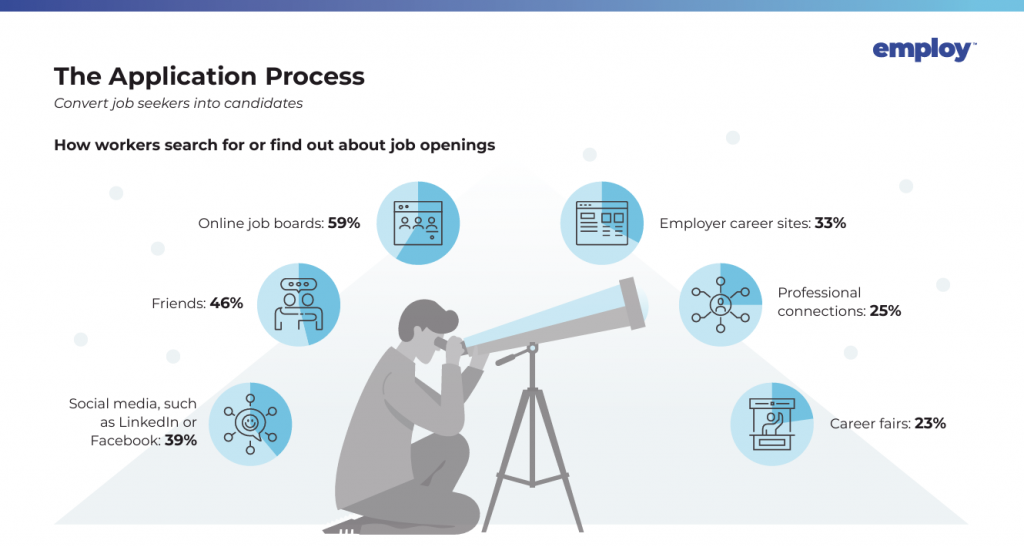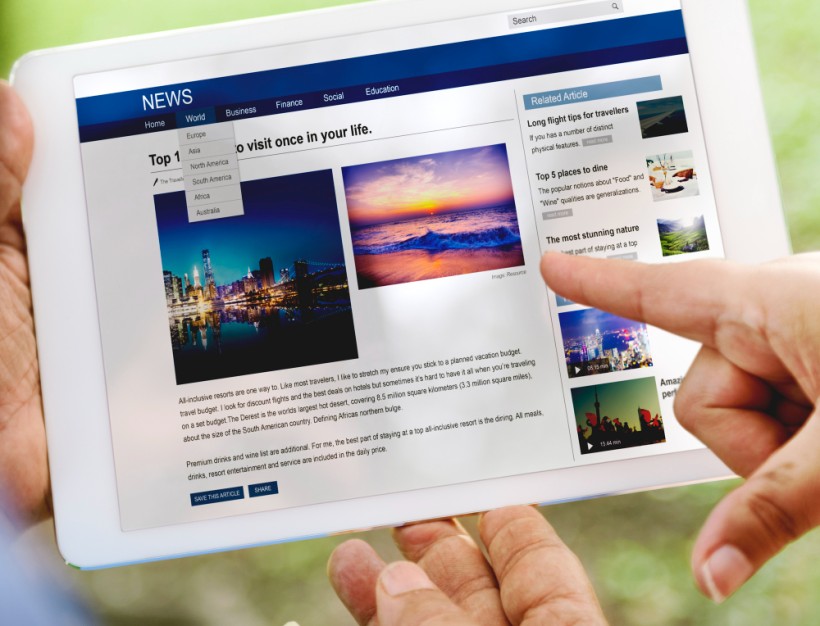Most companies don’t think twice about spending thousands on software, marketing campaigns, or recruitment fees. But when it comes to training their teams on LinkedIn—a platform that can generate leads, attract top talent, and build credibility—they hesitate.
Big mistake.
A well-trained team on LinkedIn is a growth engine.
✔ Sales teams close deals faster because prospects already trust them.
✔ Recruiters attract top candidates without job board fees.
✔ Leaders build authority that draws inbound business.
But how much does LinkedIn training cost, and is it worth it?
Let’s break it down.
How much does LinkedIn training cost?
The short answer? It depends.
There’s a big gap between a $20 online course and a $10,000 executive coaching program—and the right option depends on what your business actually needs.
Here’s what you should expect to pay:
1. LinkedIn Learning (self-paced online training)
💰 $19.99–$39.99 per month (or $239.88 per year)
📌 Best for: Individuals looking for basic LinkedIn skills
LinkedIn Learning offers over 21,000 courses, covering LinkedIn profile optimization, LinkedIn ads, and social selling strategies. It’s an easy way for employees to upskill on their own.
Pros:
✅ Affordable and accessible anytime
✅ Covers a wide range of business and marketing skills
✅ Monthly and annual subscriptions available
Cons:
❌ No real accountability—employees may never apply what they learn
❌ No live feedback or customized guidance
❌ Generic advice, not tailored to your industry or team’s goals
🚨 Is it enough? Not for businesses that need real results. If employees don’t apply the lessons, there’s no ROI.
2. LinkedIn team training & workshops
💰 $500–$4,000 per session
📌 Best for: Companies that want hands-on training for sales, HR, or leadership teams
This is where teams actually learn how to use LinkedIn in real-world scenarios.
💼 Half-day workshops: $500–$2,000 (covers foundational LinkedIn strategies)
📅 Full-day training: $1,000–$4,000 (deeper strategies, hands-on coaching)
🎯 Custom consulting: $100–$300 per hour (highly tailored for leadership teams)
These live training sessions cover:
✔ LinkedIn profile optimization (so employees show up in searches)
✔ How to write LinkedIn posts that attract attention
✔ Networking strategies (how to connect without being salesy)
✔ Social selling techniques for sales teams
🚨 Is it worth it? Yes—if your team actually follows through. A single workshop can change how your employees use LinkedIn, leading to more inbound leads, better hiring, and higher visibility.
3. LinkedIn executive coaching (1:1 training for leaders & founders)
💰 $2,000–$10,000+ per program
📌 Best for: CEOs, executives, and founders who need personal brand positioning
LinkedIn isn’t just for employees—leaders who build credibility on LinkedIn attract funding, customers, and opportunities.
This type of training includes:
✔ Personal branding strategy (so you stand out in your industry)
✔ LinkedIn content frameworks (what to post and how often)
✔ Thought leadership positioning (so people recognize your expertise)
✔ How to engage with key decision-makers
🚨 Is it worth it?
If you’re an executive looking to own your industry narrative, investing in LinkedIn coaching is a no-brainer. Most leaders spend thousands on PR—but a strong LinkedIn presence does the work for you.
What impacts the cost of LinkedIn training?
Not all training is created equal. Prices depend on:
📌 Trainer expertise – A LinkedIn workshop from a generic social media coach will cost less than one led by a LinkedIn strategist who’s built seven-figure businesses from the platform.
📌 Customization level – Off-the-shelf training costs less than a custom program built for your company’s exact goals (sales, hiring, leadership, etc.).
📌 Group size – One-on-one training is more expensive than team workshops, but workshops become more cost-effective at scale.
📌 Delivery method – Virtual training is cheaper than on-site corporate workshops, which often include travel costs.
🚨 The real cost? Not training your team. Every untrained employee scrolling LinkedIn without a strategy is a missed business opportunity.
Is LinkedIn training worth it?
Short answer: yes.
Here’s why:
🚀 Social selling works. Sales teams trained in LinkedIn social selling see a 45% increase in opportunities. (LinkedIn study)
🎯 Job seekers trust LinkedIn. 39% of job seekers use LinkedIn to find jobs and more than 9,000 members apply for jobs every minute, yet most HR teams still rely on their career sites (with limited traffic) to attract candidates. (Jobvite)

📢 Brand visibility compounds. Employees trained on LinkedIn generate significantly more reach than company pages due to members prefering to engage with people rather than pages.
🚨 The hidden cost of skipping LinkedIn training?
❌ Lost deals because your sales team doesn’t know how to network properly
❌ Missed talent because your company looks invisible to job seekers
❌ Wasted time because employees scroll LinkedIn with no strategy
Training your team to actually use LinkedIn pays off—fast.
How to choose the right LinkedIn training for your business
If you’re considering LinkedIn training, ask yourself:
✅ Do you need team-wide LinkedIn training or leadership coaching?
✅ Do you want a live workshop or an ongoing training program?
✅ Are you focused on sales, hiring, branding—or all three?
If you’re looking for LinkedIn training that drives actual results, we help teams learn what to say, how to engage, and how to turn LinkedIn into an asset. Get in touch today.





